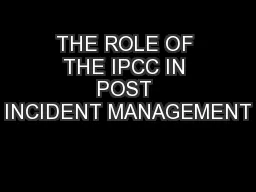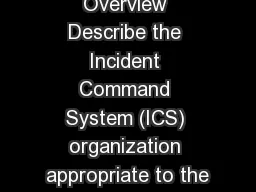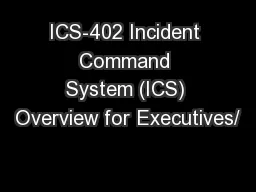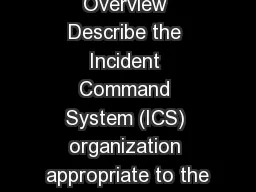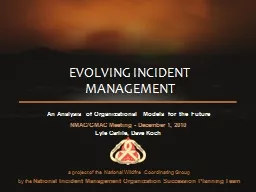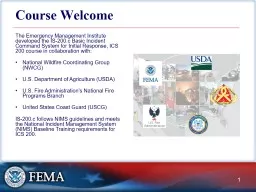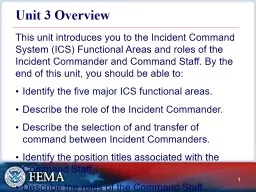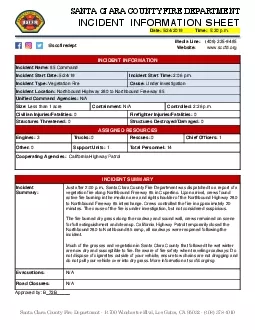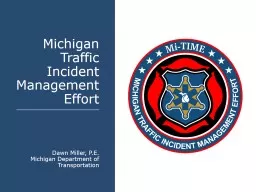PPT-Incident Management Teams Course
Author : tawny-fly | Published Date : 2017-04-12
Understanding Oil What is oil Session 5 Marine Pollution Response Introduction Understanding Oil Oils can be grouped a number of ways Persistent or nonpersistent
Presentation Embed Code
Download Presentation
Download Presentation The PPT/PDF document "Incident Management Teams Course" is the property of its rightful owner. Permission is granted to download and print the materials on this website for personal, non-commercial use only, and to display it on your personal computer provided you do not modify the materials and that you retain all copyright notices contained in the materials. By downloading content from our website, you accept the terms of this agreement.
Incident Management Teams Course: Transcript
Download Rules Of Document
"Incident Management Teams Course"The content belongs to its owner. You may download and print it for personal use, without modification, and keep all copyright notices. By downloading, you agree to these terms.
Related Documents



